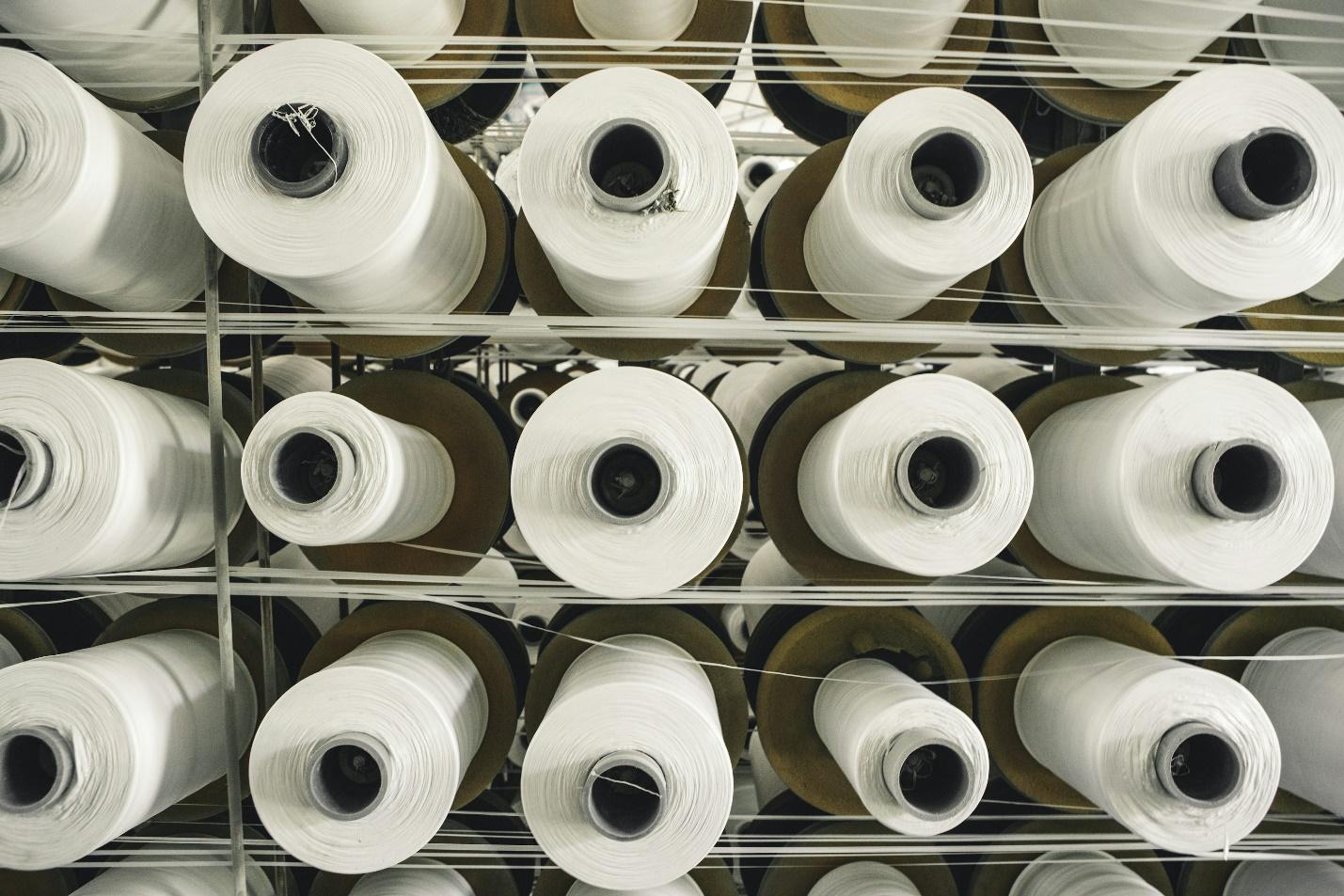Engraving Paper 101: Choosing the Right Texture and Thickness

Engraving is one of the most elegant and precise printing techniques, producing sharp, raised impressions that add depth and sophistication to printed materials. Used for multiple purposes like luxury invitations, high-end stationery, or premium business cards, the quality of the engraving depends heavily on one factor: the paper you choose.
As a paper supplier in Dubai, at Dhara Paper, we work closely with commercial printers, designers, and brands who want professional-quality engraving results. Selecting the right paper texture and thickness can make the difference between a crisp, detailed impression and a blurred, uneven print. Let’s have a look at the basics of engraving.
Why Paper Selection Matters for Engraving
Engraving presses push ink into the paper under high pressure, creating a tactile impression you can see and feel. To achieve this effect without damaging the sheet, the paper must have:
- The right surface textureto accept and hold fine ink lines.
- Enough weight (thickness)to handle the pressure without warping or tearing.
- High-quality fibersto maintain durability and consistency across the run.
Choosing the wrong paper can lead to cracking, uneven impressions, or loss of detail.
Texture: Smooth vs. Lightly Textured
The paper’s surface texture plays a big role in the engraved result:
- Smooth, uncoated papersare a popular choice because they allow the engraved lines to appear crisp and clean. Ideal for detailed logos, small type, or intricate artwork.
- Lightly textured paperscan add a tactile element that complements engraving, especially for luxury branding or wedding stationery. However, deep or rough textures may cause the ink to break or fill unevenly.
Many engraving paper suppliers recommend smooth-finish sheets for precision, while lightly textured options work best when you want a more artisanal, handcrafted look.
Thickness: Finding the Right GSM
Thickness, often measured in GSM (grams per square meter), affects both durability and the depth of the engraving. The usual includes:
- 200–250gsm: Suitable for engraved letterheads, certificates, and stationery that need a premium feel without being too rigid.
- 300–350gsm: A common choice for engraved invitations, greeting cards, and presentation covers where a substantial, high-end feel is important.
- 400gsm and above: Ideal for engraved business cards, premium packaging tags, or limited-edition prints where maximum depth and durability are desired.
Thicker paper not only feels more luxurious but also holds the engraved impression more prominently.
Tips for Professional-Quality Engraving Results
- Test before bulk printing: Always run a sample to ensure the chosen paper handles engraving pressure well.
- Match ink to paper color: Contrast helps engraved designs stand out.
- Work with experienced suppliers: Partnering with a paper manufacturer or supplierensures you get consistent, high-quality stock suitable for engraving.

High-quality paper rolls stored in a UAE factory, ready to be processed into sheets and specialty products.
Partner with Us for Quality Results
The right engraving paper elevates your print from ordinary to unforgettable. At Dhara Paper, we supply a wide range of smooth and lightly textured stocks in various thicknesses, perfect for engraving projects of any scale. Our team can guide you on the best options for your specific application, ensuring every detail is crisp, clear, and professional.
Contact us today to discuss your engraving paper requirements and request a competitive bulk quote.
Tags: paper supplier in Dubai, Right Texture and Thickness
